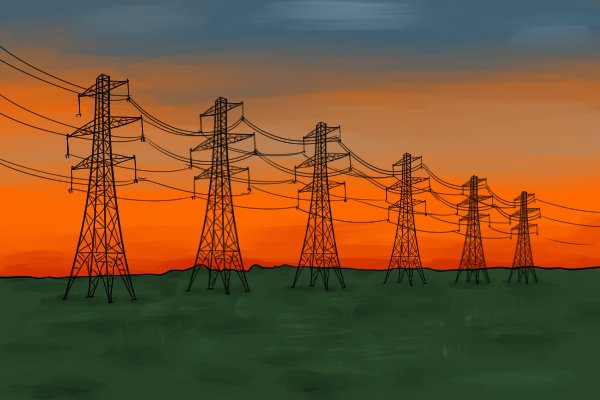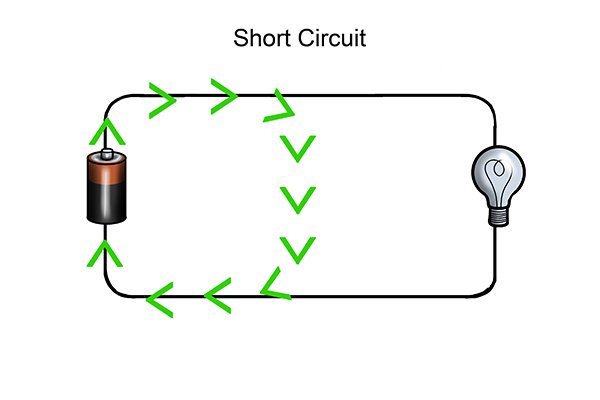
Electricity in the house
Content
Electricity is now such an integral part of everyday life that we often do not attach much importance to it. However, you wouldn't be reading this without electricity! Here is some information about basic electrical engineering concepts that apply to most households. The three pins/pins on a standard UK plug have different purposes. If you were to remove the back of the plug, the blue neutral wire would be on the left. The earth/earth wire will be green and yellow and located on the top contact, and the brown live wire will be on the right and attached to the contact via a fuse. On the body of the plug, the terminals are often marked. with E, L and N (earth, live and neutral) or with the colors of the corresponding wires.
The three pins/pins on a standard UK plug have different purposes. If you were to remove the back of the plug, the blue neutral wire would be on the left. The earth/earth wire will be green and yellow and located on the top contact, and the brown live wire will be on the right and attached to the contact via a fuse. On the body of the plug, the terminals are often marked. with E, L and N (earth, live and neutral) or with the colors of the corresponding wires. The ports in the socket correspond to the wires in the plug. The three-prong UK plug with earth and fuse is officially known as BS 1363.
The ports in the socket correspond to the wires in the plug. The three-prong UK plug with earth and fuse is officially known as BS 1363. In the UK, there is a standardization of electricity levels, which means household voltage is around 230V and has a frequency of 50Hz.
In the UK, there is a standardization of electricity levels, which means household voltage is around 230V and has a frequency of 50Hz.
 A short circuit occurs when more than expected current flows between two points in a circuit, where there is little to no resistance (where there should be no path). This may result in damage and overheating. A short circuit can be caused by loosening and/or contact of one wire with another, or if the resistance of the wire is too low, it can happen to any home appliance. The opposite of a short circuit is an open circuit where no current flows.
A short circuit occurs when more than expected current flows between two points in a circuit, where there is little to no resistance (where there should be no path). This may result in damage and overheating. A short circuit can be caused by loosening and/or contact of one wire with another, or if the resistance of the wire is too low, it can happen to any home appliance. The opposite of a short circuit is an open circuit where no current flows.
Wires in a plug
 The three pins/pins on a standard UK plug have different purposes. If you were to remove the back of the plug, the blue neutral wire would be on the left. The earth/earth wire will be green and yellow and located on the top contact, and the brown live wire will be on the right and attached to the contact via a fuse. On the body of the plug, the terminals are often marked. with E, L and N (earth, live and neutral) or with the colors of the corresponding wires.
The three pins/pins on a standard UK plug have different purposes. If you were to remove the back of the plug, the blue neutral wire would be on the left. The earth/earth wire will be green and yellow and located on the top contact, and the brown live wire will be on the right and attached to the contact via a fuse. On the body of the plug, the terminals are often marked. with E, L and N (earth, live and neutral) or with the colors of the corresponding wires.Although electrons move back and forth in AC circuits, there is only one hot wire because the blue wire is grounded (neutralized) upon entering the property before it reaches any outlets.
 The ports in the socket correspond to the wires in the plug. The three-prong UK plug with earth and fuse is officially known as BS 1363.
The ports in the socket correspond to the wires in the plug. The three-prong UK plug with earth and fuse is officially known as BS 1363.Electricity levels in the network
 In the UK, there is a standardization of electricity levels, which means household voltage is around 230V and has a frequency of 50Hz.
In the UK, there is a standardization of electricity levels, which means household voltage is around 230V and has a frequency of 50Hz.
What is household electricity used for?
In a typical British household, most electricity is consumed for entertainment purposes - TVs, computers, sound systems, game consoles, etc. The next three main uses are heating, lighting and cooling.
Short circuits
 A short circuit occurs when more than expected current flows between two points in a circuit, where there is little to no resistance (where there should be no path). This may result in damage and overheating. A short circuit can be caused by loosening and/or contact of one wire with another, or if the resistance of the wire is too low, it can happen to any home appliance. The opposite of a short circuit is an open circuit where no current flows.
A short circuit occurs when more than expected current flows between two points in a circuit, where there is little to no resistance (where there should be no path). This may result in damage and overheating. A short circuit can be caused by loosening and/or contact of one wire with another, or if the resistance of the wire is too low, it can happen to any home appliance. The opposite of a short circuit is an open circuit where no current flows.
